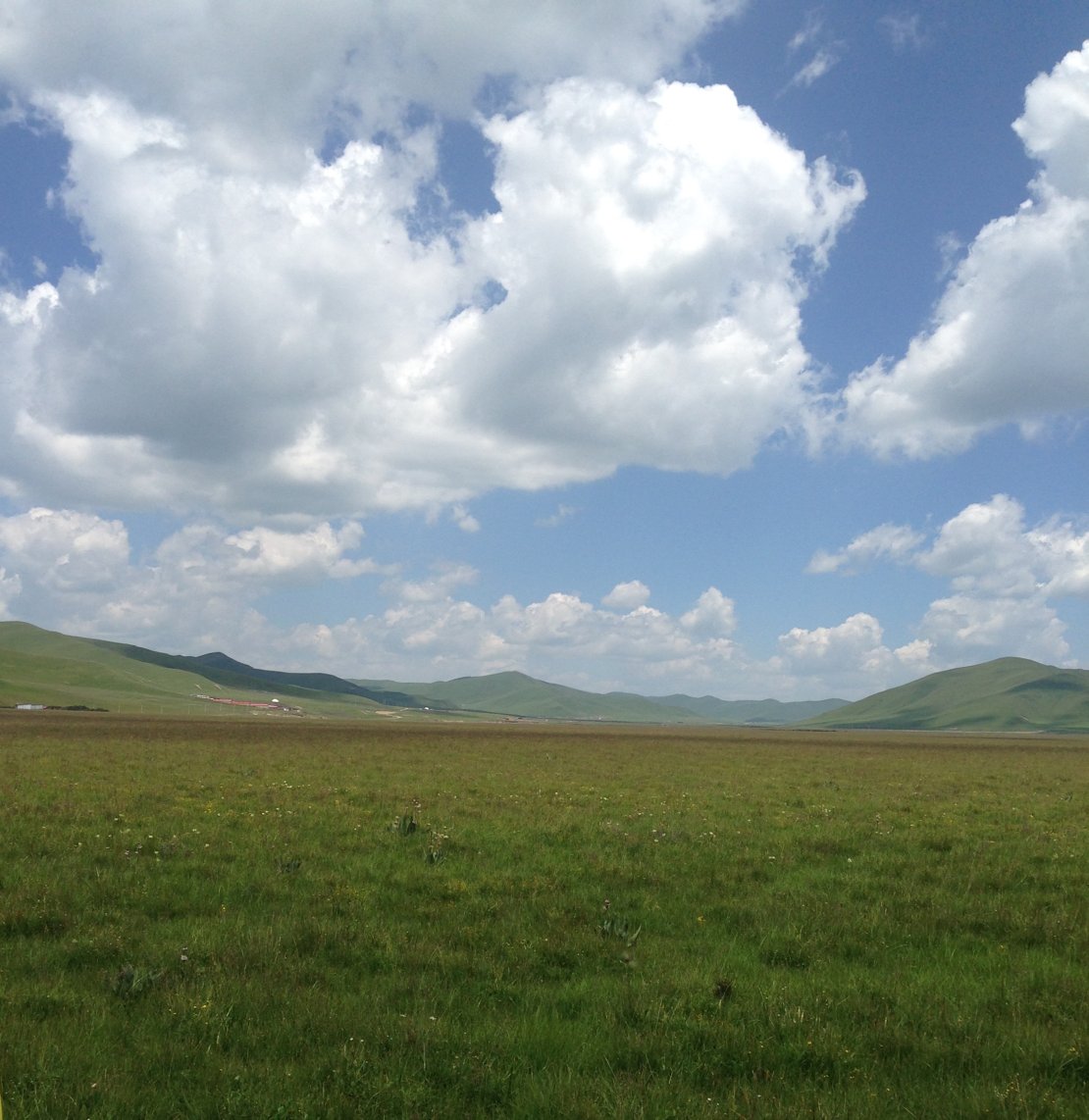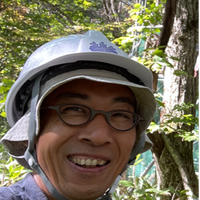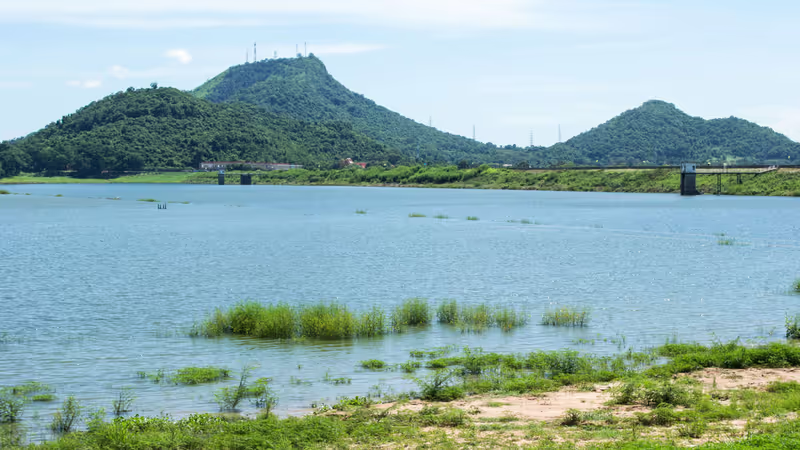| Student: | |
|---|---|
| Timeline: | May 2016 - 30 April 2020 |
Understanding the response of plants to environmental stress (e.g. excessive amounts of incident (solar) radiation, extreme temperatures, and water deficit) is important in view of climate models and agriculture.
With remote sensing large vegetation areas can be monitored in an efficient manner. Remote sensing on soil and vegetation is done typically in the optical (VIS, NIR, SWIR) or microwave spectrum. Numerous studies were performed during the last decades on both optical- and microwave remote sensing of vegetation and soil with either satellite, airborne, or on-site systems. Still some issues remain unresolved, such as; Can we monitor vegetation stress directly with remote sensing? Can we measure soil moisture through a vegetation canopy?
The main objective of this PhD research is to improve the understanding of vegetation behavior under optimal and non-optimal hydrometeorological conditions and how this vegetation behavior affects optical and microwave remote sensing observations. This main objective is divided into three sub objectives:
[1] Understand the vegetation behavior under optimal and non-optimal hydrometeorological conditions during diurnal cycles.
[2] Investigate whether plant stress can be monitored with remote sensing. To accomplish this existing observation models for the optical spectrum (PROSAIL, Fluspect-B) and microwave spectrum (Tor Vergata discrete scattering model) are to be combined with the vegetation model.
[3] Retrieve soil moisture content of vegetation covered soil by using multi-frequency and multi-polarization microwave backscatter in combination with a soil process model to link the soil moisture content of the soil surface to that of the deeper soil layers.
For validation of the outcome of all sub objectives both remote sensing and in-situ -data will be used. Measurement campaigns involving optical spectroscopy and microwave backscattering –measurements as well as in-situ measurements will be performed during the summer season on the Tibetan plateau near Maqu (China.)





